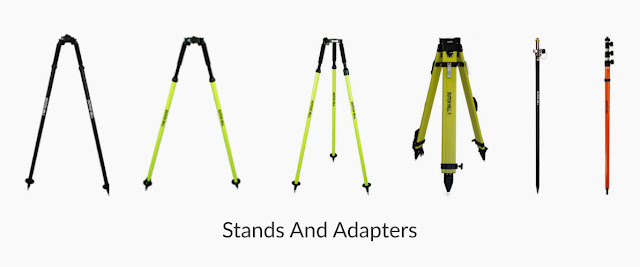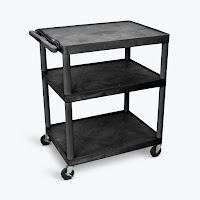Surveying Instruments
Surveying instruments consist of various tools that help surveyors acquire reliable measurements of distances and angles. These tools can be classified according to their level of modernity, with the traditional ones having to be manually operated and the modern ones being more accurate and technologically advanced.
More traditional surveying tools include tape measures and theodolites. These tools have been around for centuries, but they remain useful today. There are also more advanced versions of these tools, like fiberglass tape measures and digital theodolites.
Aside from modernity, surveying instruments can also be classified according to their function. Most people immediately think of measurers when talking about surveying instruments, but some of these tools necessitate instruments with supporting functions, like stands and adapters. Various types of locators are also classified as surveying instruments, particularly because they help in surveying the different sorts of utilities and other materials present in a particular job site.
Theodolites are some of the most popular optical instruments for surveying. What they do is they measure the angles between two points, whether horizontally or vertically. These tools have a lot in common with automatic levels, except that auto-levels only work with points that are on a similar horizontal plane.
Surveyors also typically use total stations. Total stations measure angles at defined levels of accuracy, usually up to 0.5 arc-second. Other examples of distance and angle measurers for surveyors include transit levels, surveying poles and prisms, and many more.
To find and identify utilities and materials underground, surveyors can use various locating tools like magnetic locators and probes. Magnetic locators have sensors that can sense buried ferrous materials while probes are perfect for cautiously locating utilities like water lines and gas transmission lines.
Engineer Warehouse offers a collection of surveying equipment for sale. Visit Engineer Warehouse today for more information.
More traditional surveying tools include tape measures and theodolites. These tools have been around for centuries, but they remain useful today. There are also more advanced versions of these tools, like fiberglass tape measures and digital theodolites.
Aside from modernity, surveying instruments can also be classified according to their function. Most people immediately think of measurers when talking about surveying instruments, but some of these tools necessitate instruments with supporting functions, like stands and adapters. Various types of locators are also classified as surveying instruments, particularly because they help in surveying the different sorts of utilities and other materials present in a particular job site.
Distance & Angle Measurers
There are various tools that fall under this classification. Some are mechanical, others are digital, and there are those that make use of lasers and the Global Positioning System.Theodolites are some of the most popular optical instruments for surveying. What they do is they measure the angles between two points, whether horizontally or vertically. These tools have a lot in common with automatic levels, except that auto-levels only work with points that are on a similar horizontal plane.
Surveyors also typically use total stations. Total stations measure angles at defined levels of accuracy, usually up to 0.5 arc-second. Other examples of distance and angle measurers for surveyors include transit levels, surveying poles and prisms, and many more.
Stands and Adapters
Most measuring instruments need supporting tools like stands, adapters, and other surveying instrument accessories. For example, bipods and tripods are necessary to mount tools like theodolites and total stations on a strategic location and elevation. Adapters are also often necessary to secure instruments in their place or to allow them to rotate when needed, like when using prisms to reflect beams from electronic measuring devices. As such, stands and adapters are crucial components of surveyors’ surveying kits.Locators
Aside from getting measurements, identifying the present utilities and materials in a job site is also a part of most surveying jobs. Finding aboveground utilities is easy, but the challenge is identifying those that are underground.To find and identify utilities and materials underground, surveyors can use various locating tools like magnetic locators and probes. Magnetic locators have sensors that can sense buried ferrous materials while probes are perfect for cautiously locating utilities like water lines and gas transmission lines.
Engineer Warehouse offers a collection of surveying equipment for sale. Visit Engineer Warehouse today for more information.



Comments
Post a Comment